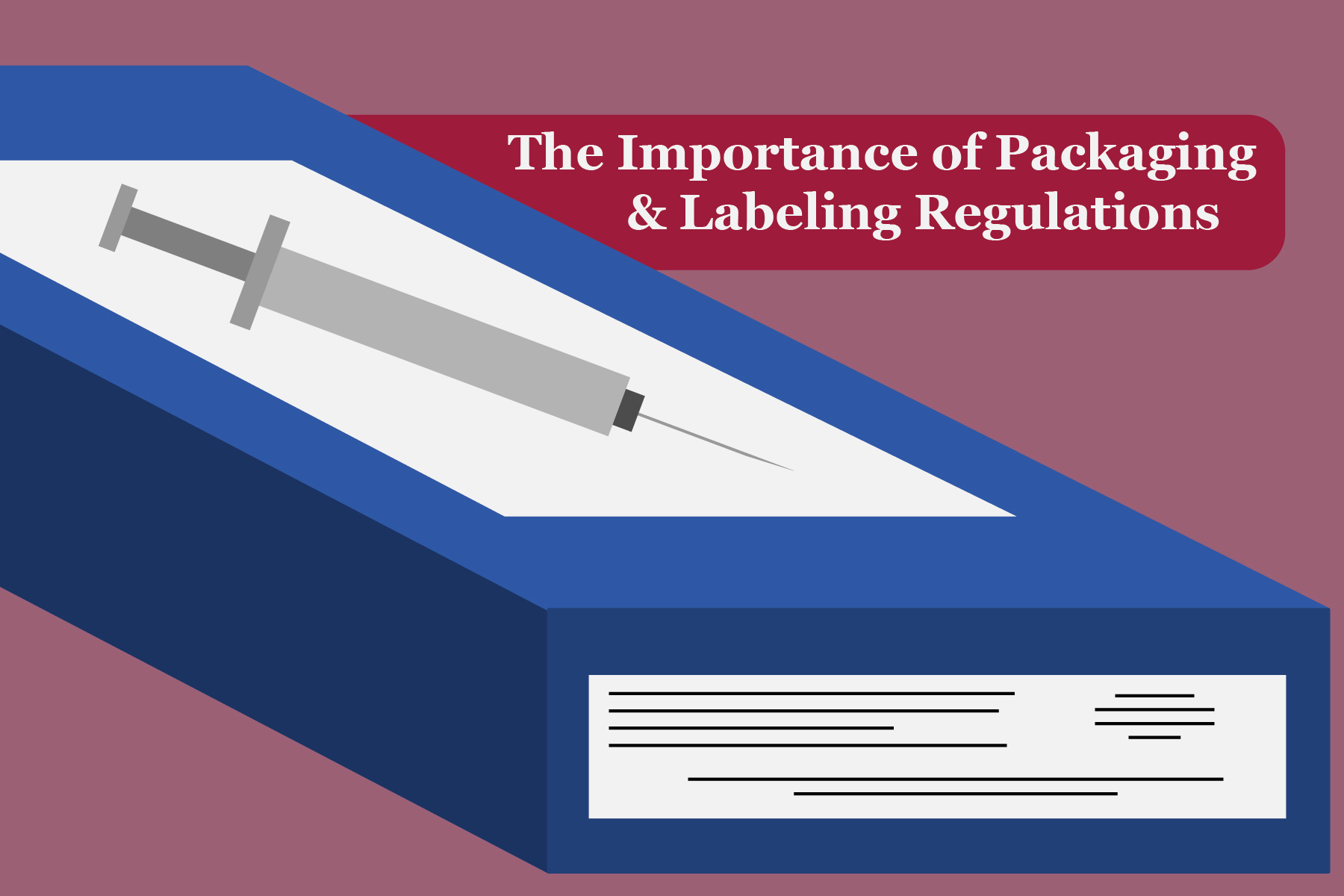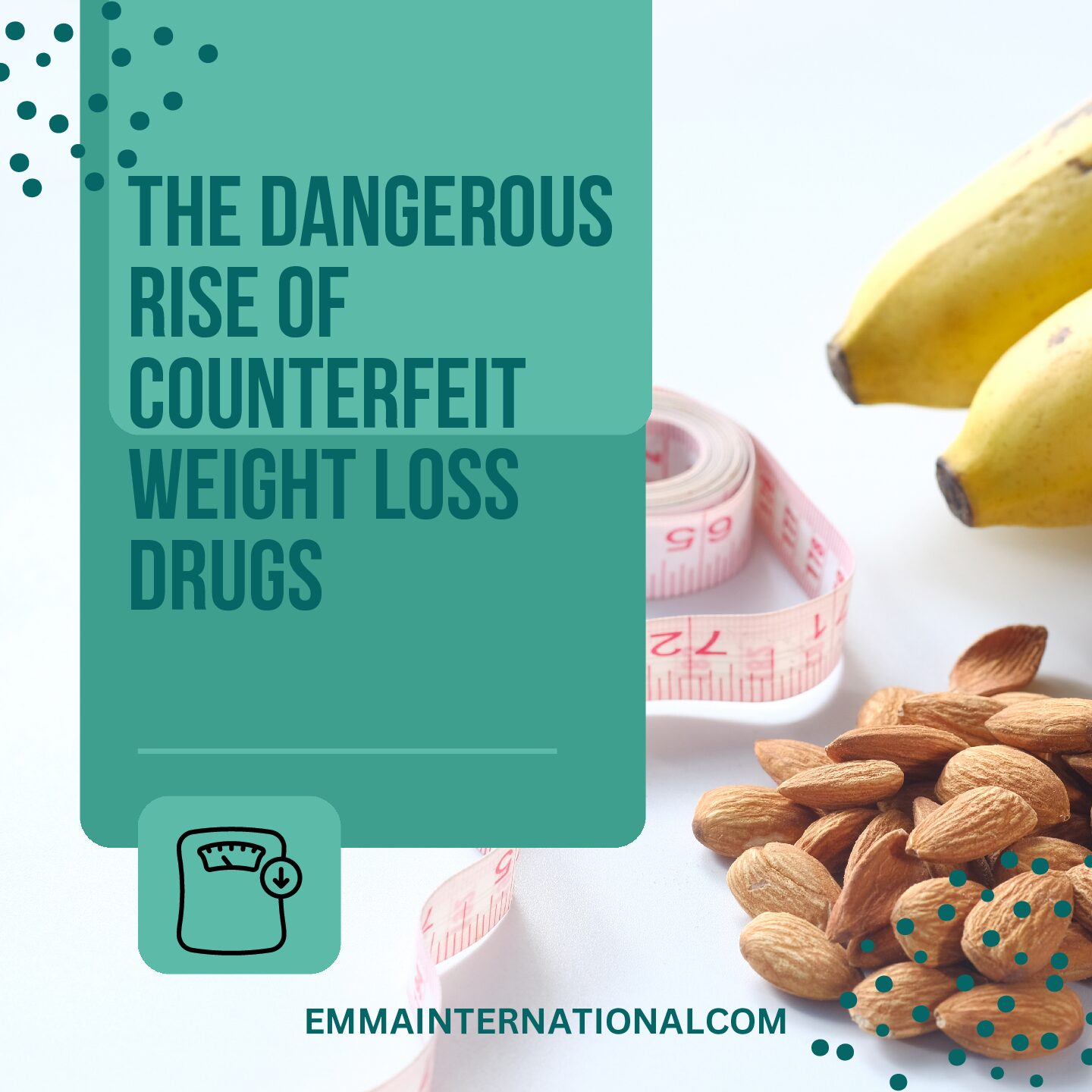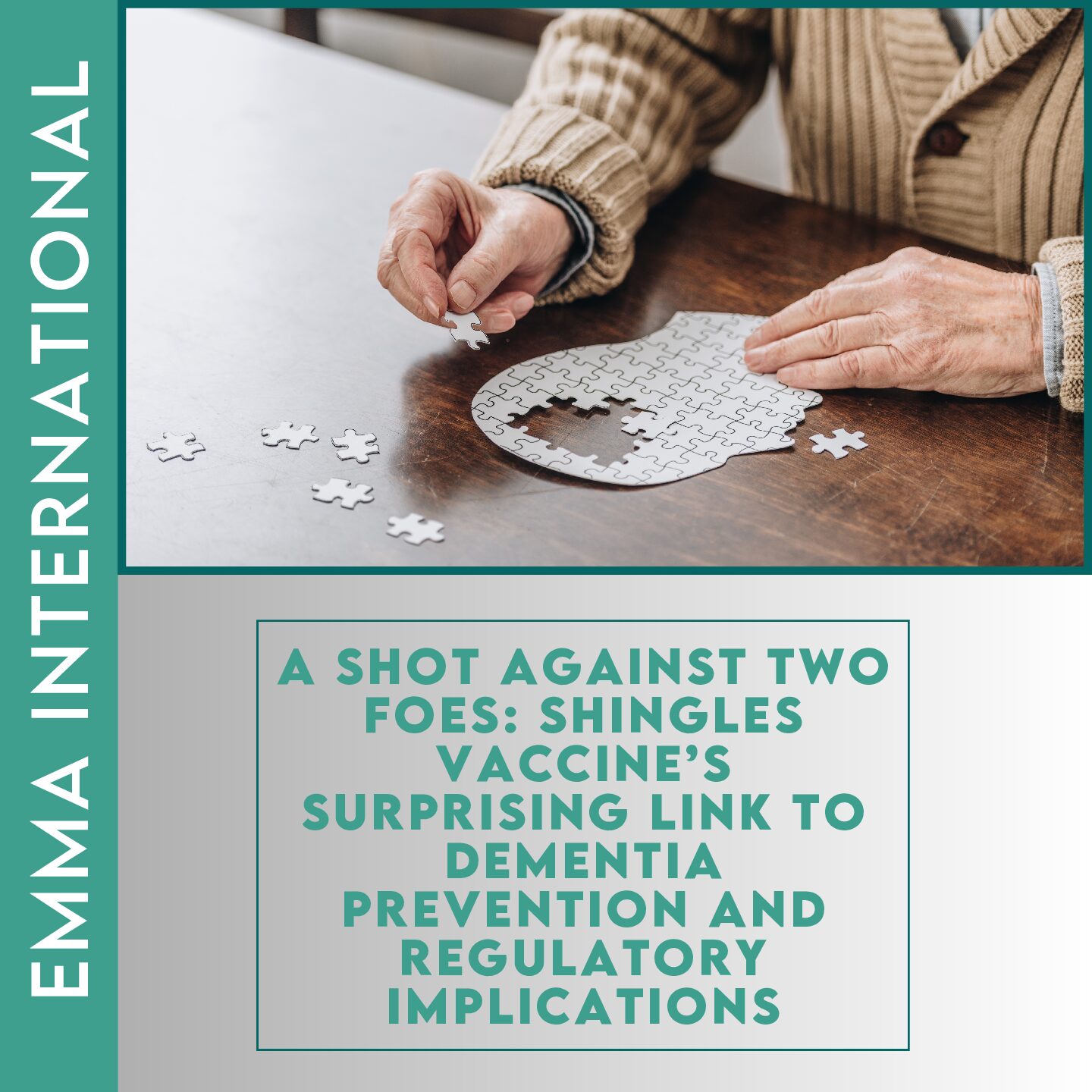Few people outside of the industry know how big of a role the FDA has in product labeling and packaging. Every product approved by the FDA has very specific guidelines for its packaging and labeling, and these guidelines are often changing to meet new challenges that arise. Over time, due to the increasing complexity of the medical world, drug labels and packaging have had to become more and more complex. Typically, the reason for changing packaging regulations is adverse events. When an abundance of similar adverse events starts to be reported, the FDA will start working to determine how the regulations around packaging and labeling can be changed to make the product details clearer for the user. Creating guidelines for drug packaging and labeling is a balancing act between making sure that all of the information is present, but also that all of the information in arranged/formatted to ensure that the user will read the most important information.
In the past year, the FDA has been working on changing regulations related to insulin pens, their packaging, and how they are distributed to the people using them. Historically, insulin pens have been sold in cartons containing 2-5 pens. The cartons follow all FDA regulations for labeling, but the pens themselves do not due to lack of feasibility. This creates a problem because people will often throw away the cartons before using all the included pens. There are also times when a health care provider will have a medical reason to dispense a single pen to a patient, in which case the patient never has the information from the carton in the first place. This leaves the patient in a situation where they may have multiple pens of varying insulin types and doses, without any information about which one is which. In turn, this creates the possibility for people to over or under dose themselves, mistakenly skip doses, or operate the pen without clear and proper instruction.1
This situation presents a unique challenge because it is not feasible to put all the labeling information onto the insulin pen itself. Therefore, it is necessary to rely on the carton for the product information. Because of this, the FDA is working on making a regulation such that all insulin pens will be in individual cartons, rather than the usual 2-5. This way, a patient would never be put in a situation with a pen but no carton.
To conclude, getting packaging and labeling FDA approved is a significant part of any product on its way to the market. If you need guidance on any packaging or labeling for your product, our regulatory experts at EMMA International can help ensure your product is compliant with the regulatory requirements. Contact us at 248-987-4497 or info@emmainternational.com for additional information.
1FDA (October 13, 2020). Drug Safety and Availability. Retrieved on October 21st, 2020 from https://www.fda.gov/drugs/drug-safety-and-availability/fda-advises-health-care-professionals-and-patients-about-insulin-pen-packaging-and-dispensing






